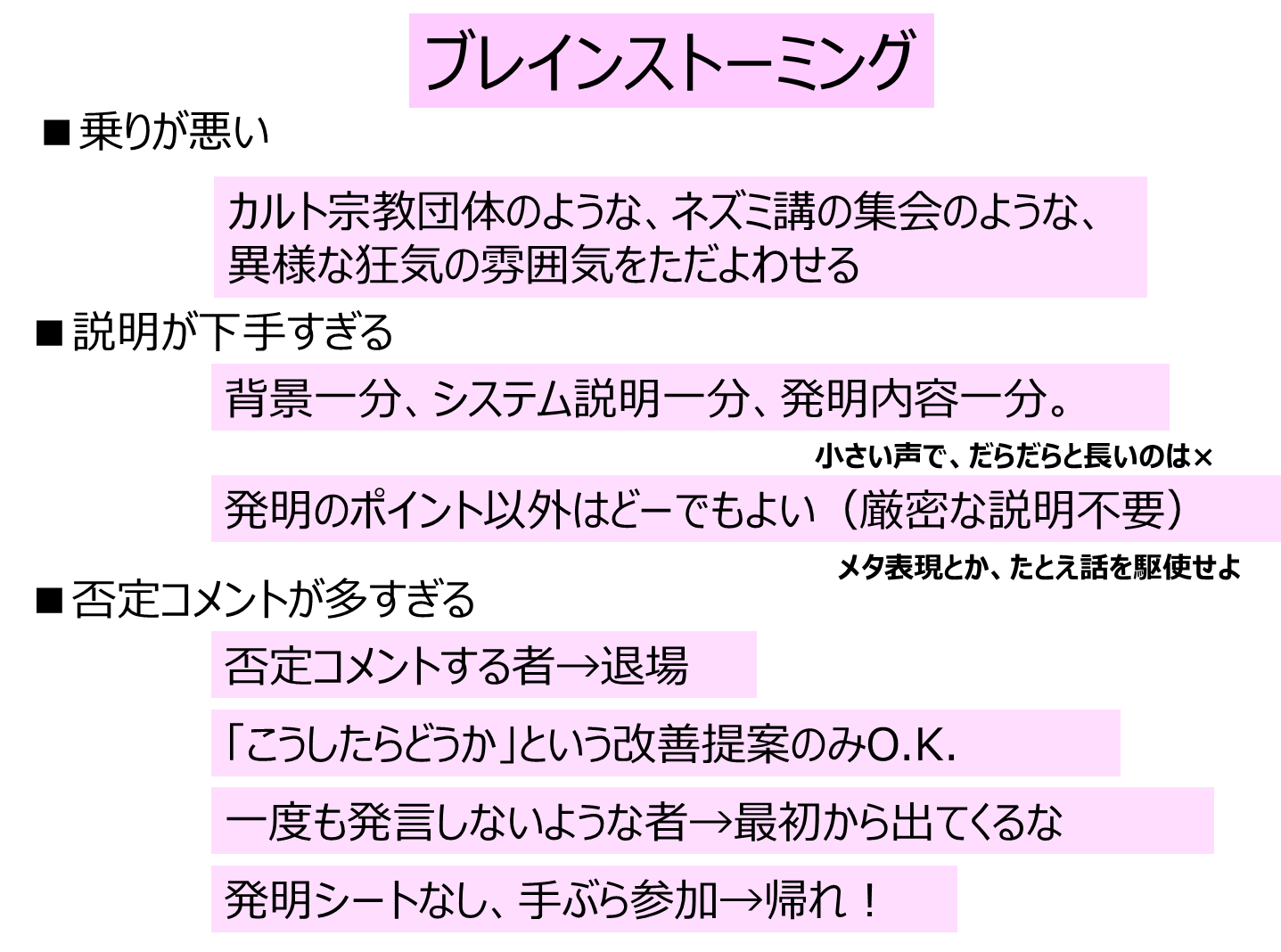こちらでも書いていますが、私は、
As I write here, I believe that
「社会的価値観は、2週間単位でバージョンアップし続けている」
"Social values continue to be upgraded on a fortnightly basis."
と思っています。
私は、これを『Windows Update的価値観バージョンアップ』と呼んでいます。
I call this a "Windows Update-like Value Upgrade."
-----
Windows10/11のアップデートが発生した次の日は、パソコンは起動まで30分以上かかり、下手すると起動に失敗することもあります。
The day after a Windows 10/11 update occurs, the computer can take 30 minutes or more to boot up; if it is terrible, it can fail.
起動に失敗すると、頭の中が真っ白になります。
When it fails to start, my mind goes blank.
もし再起動に失敗すれば、HDDの中身を取り出すことができなくなるかもしれないからです。
If the reboot fails, I may not retrieve the HDD's contents.
仮に取り出すことができたとしても、その作業には数十時間単位、または数万円のコストが必要となることがあります。
Even if it could be retrieved, the work may require dozens of hours or cost tens of thousands of yen.
Windows Updateは、常に私にとっては「恐怖」の対象です。
Windows Update has always been a "horror" for me.
私の意図せぬ形で、勝手にシステムを更新され、勝手に機能を追加され、そして、不具合を起こすWindows Updateですが、それでも、私は対応し続けなければなりません。
Windows Update updates my system without intention, adds features without permission, and causes glitches, but I still have to keep dealing with it.
日々強化し続けるサイバー攻撃から、自分のシステム(PC)を守り続けるためです。
This protects my system (PC) from cyber attacks that continue to strengthen daily.
それはさておき。
Aside from that.
-----
自民党青年局"過激パーティー"(*)については、モラルの点から論じるのは他の人がやってくれていますので、そちらには言及せず、私は、単純に組織とその構成員人間から論じたいと思います。
Others have already discussed the LDP Youth Bureau's "radical party"(*) from a moral standpoint, so I will not mention it. Still, I would like to discuss it simply from the perspective of the organization and its members.
(*)自民党青年局が2023年に開いたパーティーで、“過激なダンスショー”が繰り広げられていたことが判明。パーティーでは、露出度の高い女性ダンサーが登場し、参加者にボディタッチなどを行っていたという。この問題で青年局長らが辞任、党内からも批判の声が上がっている。
(*) It was discovered that an "extreme dance show" was held at a party held by the LDP Youth Bureau in 2023. At the party, a highly revealing female dancer appeared and body-touched the attendees. The youth bureau chief and others resigned over this issue, and some have criticized the party.
(1)前提として、この手のこのパーティは、30年前のバブル経済中であれば、問題にならなかったか、あるいはここまで問題とはされなかったかもしれません。しかし、今は30年前ではない。
(1) The premise is that this kind of party would not have been a problem or might not have been considered so much of an issue 30 years ago during the bubble economy. But now is not 30 years ago.
(2)思うに、自民党青年局なる組織は、この時代にあって、基本的に"MS-DOS"OSくらいの頭脳と知性のままで維持され続け、廃棄対象のPCと程度のスペックすらもなく、2週間に1回どころか、30年間もバージョンアップができない人間で構成される組織である。
(2) The LDP Youth Bureau is an organization that, in this day and age, continues to be maintained with brains and intelligence equivalent to an "MS-DOS" operating system and is composed of people who do not even have the specifications of a discarded PC, and have been unable to upgrade their software for 30 years, let alone once every two weeks.
我が国の未来を、このような「無能な青年」に託すのは不安以外の何ものでもありませんが、それ以上に、
It is nothing but anxiety to entrust the future of our country to such "incompetent young men," but more than that,
―― そもそも、そういう下品なイベント以外に、自分たちが楽しめるイベントを自力で企画・運営できない
"In the first place, they cannot plan and organize events they can enjoy on their own, other than such vulgar events."
という創作性の欠如に深い絶望感を感じます。
I feel a deep sense of despair at the lack of creativity that
例えば、
For example,
『このパーティの参加者の大部分が女性議員であったとして、その上でこのイベントを実施しなければならならないというミッションが与えられたと仮定した場合、どのようなイベントの形に持っていくことが最適か』
'Assuming that the majority of the attendees at this party were women legislators, and then given the mission of conducting this event, what would be the best way to shape the event?'
というような、各種の縛りのある条件下で、考え抜かれたイベントであれば、私は評価できると思います。
Like the above, I would appreciate the event being well thought out under various binding conditions.
日々、各種の縛り(新規性、進歩性、企業利益、企業ブランドなど)の中で、常に新し発明を案出し続けなければならない企業研究員(私です)としては、「努力の欠片も見えない下品イベント」という、彼らの無策に腹を立ててているのです。
As a corporate researcher (that's me) who must constantly come up with new inventions amidst all kinds of restrictions (novelty, inventive step, corporate profit, corporate brand, etc.), I am angry at this inaction, a "vulgar event that shows no effort at all.
-----
それにしても、あの組織(2024年現在、与党)って、つくづく本当にパーティ好きだなぁ、と感心します。
Still, I am impressed that that organization (the ruling party as of 2024) likes to party.
『パーティがなければ、死んでしまう人たち』のように見えます。
It looks like 'people who would be dead without the party.'
政治というものが、『パーティと不可分一体』であるとすれば ―― 『私(江端)には、政治は無理だな』と再認識しました。
If politics is an inseparable part of partying, I realized again that politics is impossible for me (Ebata).

